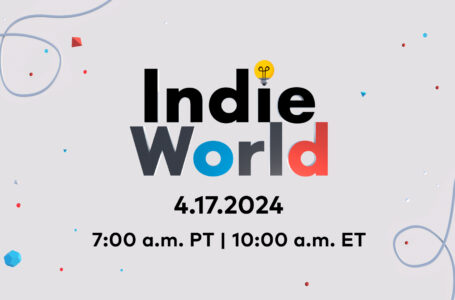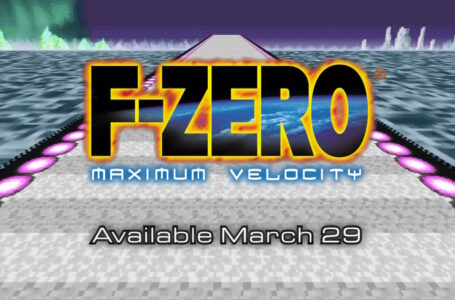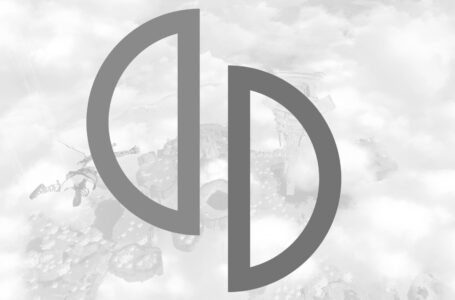What is Getsu Fuma Den?
At Nintendo’s recent Indie World showcase, a little-known indie developer called Konami revealed that it was working on a new game for Nintendo Switch and PC: Getsu Fūma Den: Undying Moon, for release in 2022.
Getsu Fūma Den: Undying Moon promises a “dynamic hack-and-slash roguelite experience filled with perilous dungeons, fierce boss battles and intense skill-based combat”, and features a visual aesthetic heavily inspired by traditional Japanese Ukiyo-e artwork.
While it was doubtless new to many viewers of the Indie World showcase, it’s actually a sequel to a Famicom title from 1987 that never left Japan — but which has nonetheless had references made to it in a number of Konami games over the years.
So what’s it all about? Well, let’s take a look, shall we?
As a Japanese-only Famicom release, the original Getsu Fūma Den is, as you might expect, a little tricky to enjoy if you don’t speak the language; it has a surprising amount of text and narrative for a Famicom game, and to make matters more complex, most of its interface is all in Japanese, too. Thankfully, the clever people at Nebulous Translations released a translation patch via Romhacking.net back in 2018, so you can now play the game entirely in English. You’ll need to provide your own ROM to patch, though — and we’re not going to tell you how to do that, for reasons that are hopefully obvious.
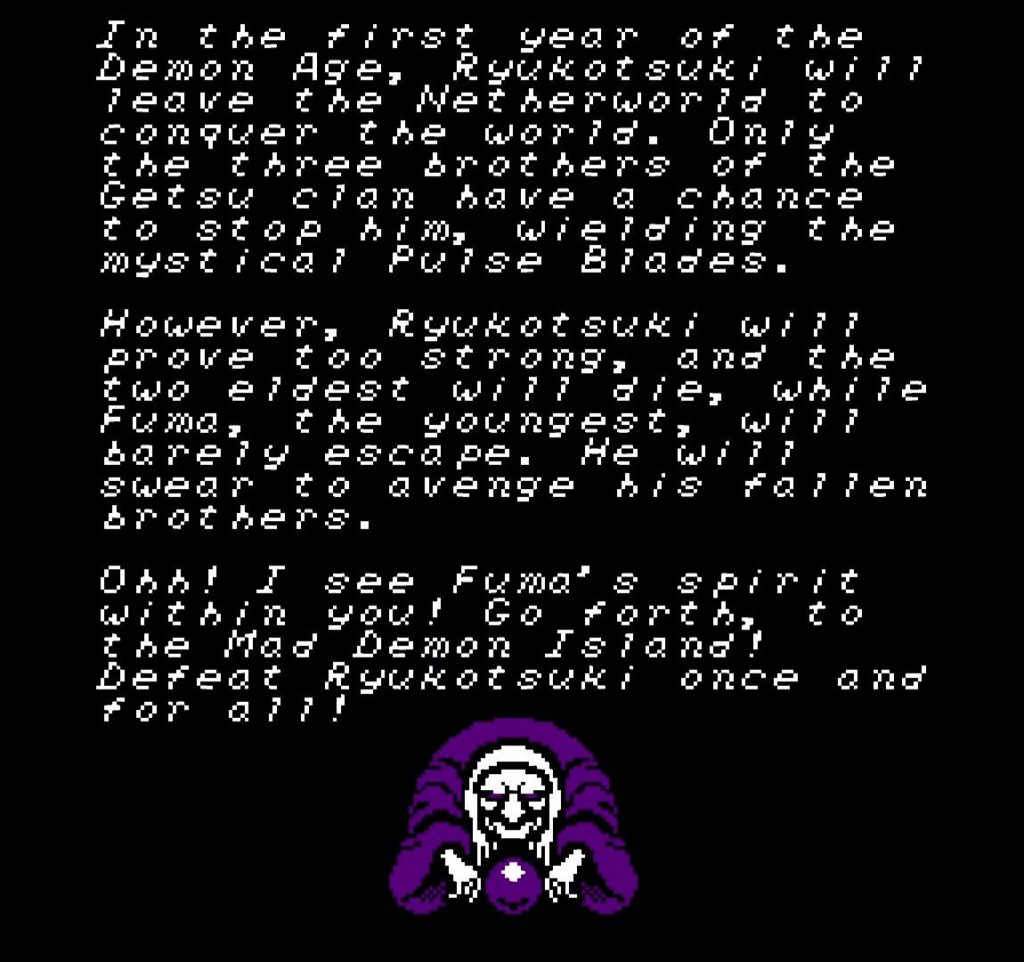
The story of Getsu Fūma Den runs that the three Getsu brothers took on the demon lord Ryūkotsuki and lost… badly. Only Fūma escaped, and naturally swore revenge on his fallen brothers — but the only way he’s going to be able to achieve that is by recovering the three stolen Pulse Blades, summoning the spirits of his brother and kicking some major demon arse along the way.
In terms of gameplay, Getsu Fūma Den bears an obvious resemblance to its stablemates in the Castlevania series, but with a stronger emphasis on action RPG-style elements. This makes it closer in execution to Castlevania II: Simon’s Quest than the more straightforward, arcade-style platforming of the first and third Castlevania games.
Interestingly, Getsu Fūma Den actually came out just before Castlevania II: Simon’s Quest, which eventually got a worldwide release, but is much less clunky in terms of execution. Presumably the game’s heavy emphasis on traditional Japanese imagery and mythology precluded it from ever coming west in the less enlightened times of the late ’80s; Castlevania II: Simon’s Quest, meanwhile, doubtless seemed like a more universally appealing prospect thanks to being based on the Dracula myth.
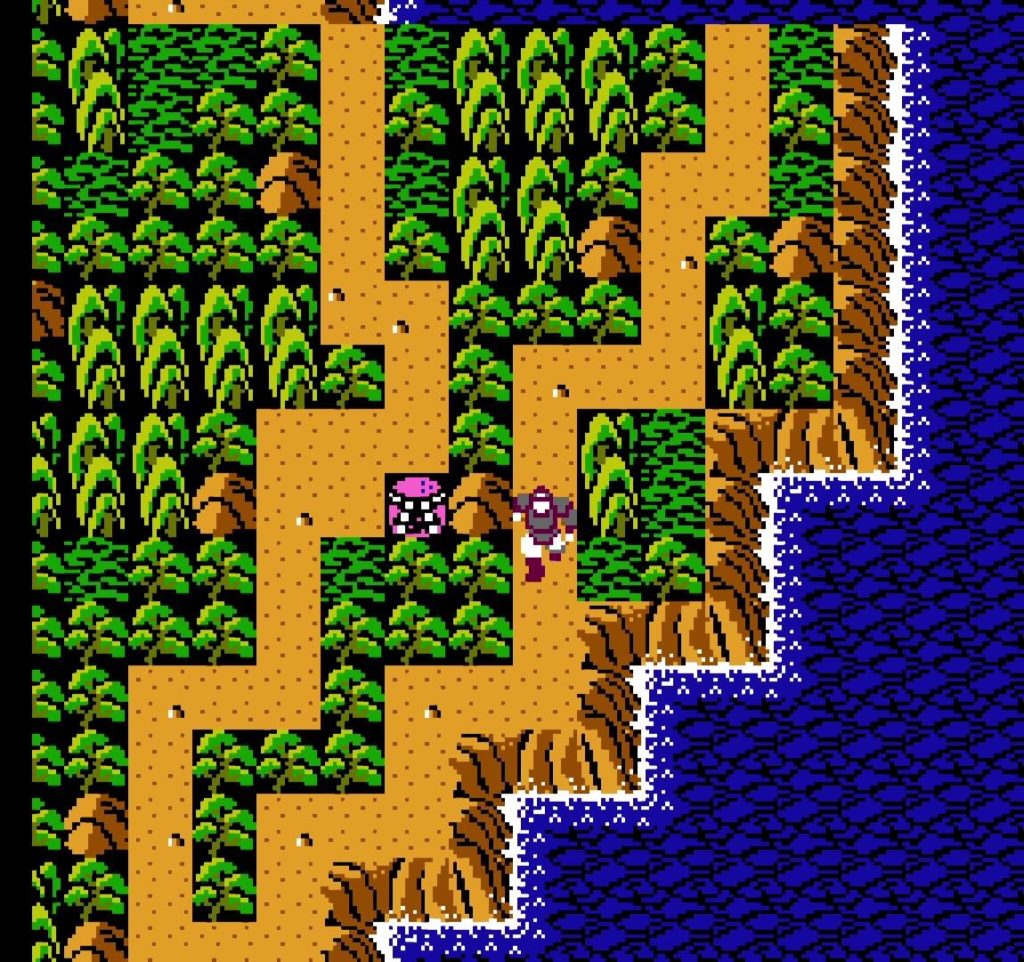
While Castlevania II: Simon’s Quest unfolds as a side-scrolling open 2D world, Getsu Fūma Den instead adopts a vaguely Zelda II-style approach with a hard divide between a top-down overworld and side-scrolling action stages. In contrast to Zelda II, however, Getsu Fūma Den confines you to narrow, specific paths around the world; there’s no exploring far-off corners for secrets here, though the pathways do often split at junctions and offer a choice of ways to go, giving a feeling of non-linearity.
As you progress through Getsu Fūma Den, defeating enemies adds to Fūma sword gauge, which increases the power of his attacks. Enemies also drop money or spirits, the latter of which restore Fūma’s health by a small amount.
The design of the encounters in Getsu Fūma Den often feels like taking damage is more inevitable than in Castlevania, and thus health pickups appear much more frequently. Successful combat in Getsu Fūma Den, then, ends up revolving around minimising the amount of damage taken while you clear the screen of enemies rather than avoiding it altogether as in Castlevania. Alternatively, since the enemies respawn frequently, you can simply try to power through each of the action stages by avoiding foes — though you’ll miss out on gaining strength and money if you play that way.
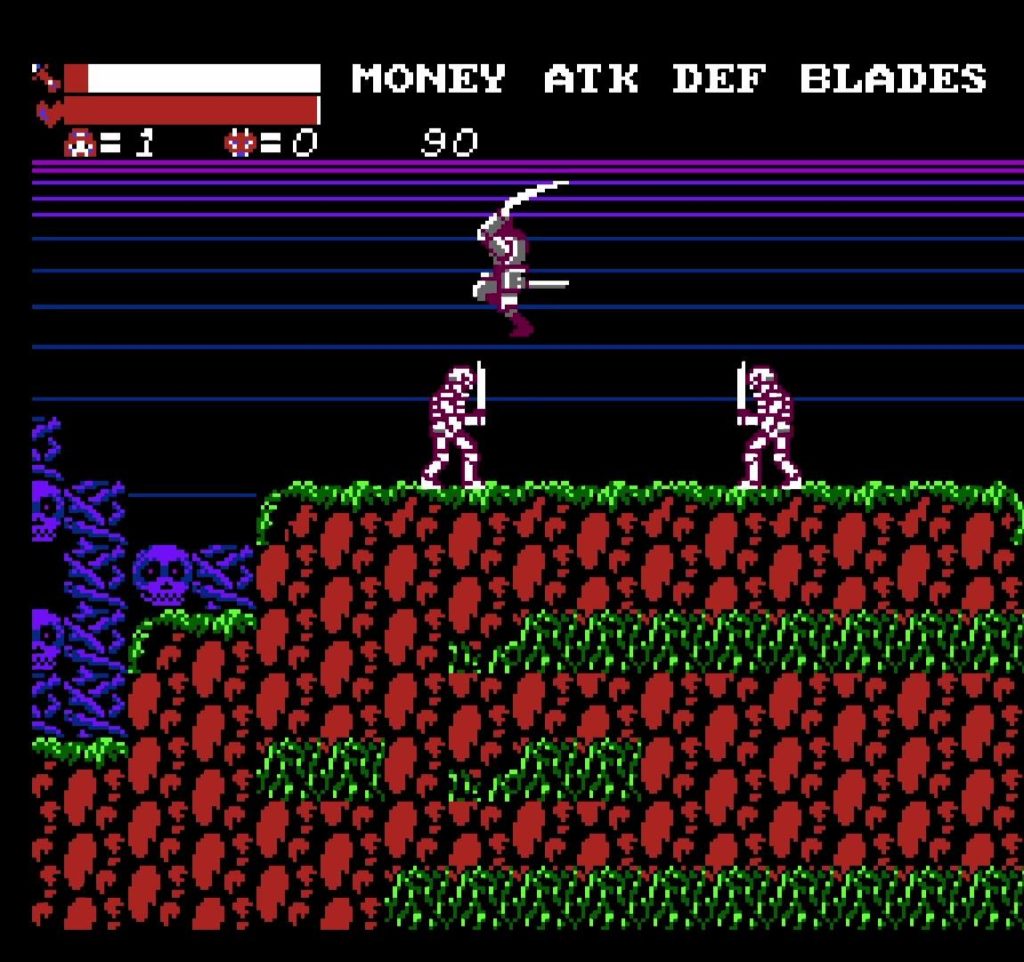
There are some interesting twists in Getsu Fūma Den, too. Reach the main dungeon of each of the three islands you explore in the game, and the action switches to a 3D perspective as you explore the dungeon. As with most early RPGs of this type — including Zelda II — you need to ensure you’ve found a candle before you can successfully explore the dungeon, and preferably a compass to ensure you know which way you’re going, too. Once you arrive at the boss, the perspective switches back to side-on for the actual fight to unfold.
Like both Castlevania II: Simon’s Quest and Zelda II, Getsu Fūma Den makes use of a lives system rather than simply killing you off outright when you run out of health — you’ll be grateful for this every time you fall down a pit and are presented with a lengthy scene of Fūma falling, followed by the word “DEATH” in large letters in the middle of the screen.
You can continue as many times as you like, too; each continue simply takes away half of your money on hand, but a bit of beating up on enemies can usually recover it before too long. Choosing not to continue provides you with a password that allows you to pick up where you left off later, too, so unlike most of the early Castlevanias, this is not a game intended to be beaten in a single sitting.
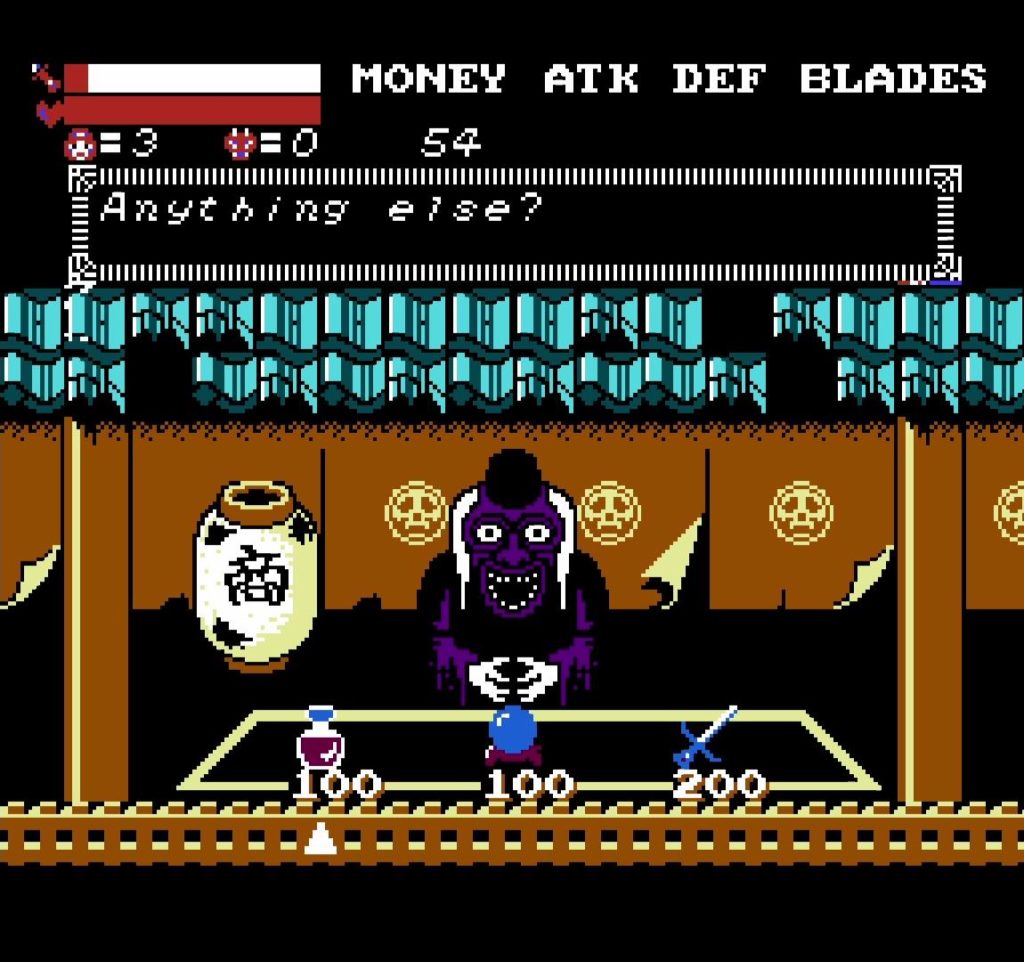
It’s a shame we never saw this game get an official western release, because it’s an interesting side-scroller that is markedly distinct from the Castlevania series. In fact, to date we still haven’t even had a Virtual Console or Nintendo Switch Online release of Getsu Fūma Den — though we haven’t missed out on a chance to experience Fūma’s adventures completely.
No, in 2011’s Castlevania: Harmony of Despair for PlayStation 3 and Xbox 360, some optional downloadable content allows you not only to play as Fūma in any of the game’s levels, but also to play through an entire stage based loosely on the original Getsu Fūma Den game.
Castlevania: Harmony of Despair plays at a slightly faster pace than the original Getsu Fūma Den, but Fūma fits in nicely with the playable characters, with a good selection of attacks based on the abilities he gains over the course of his original game. In a nice touch, the Getsu Fūma Den level in Castlevania: Harmony of Despair places a strong emphasis on exploiting enemy weaknesses, so it’s necessary to make use of all of Fūma’s abilities in order to succeed rather than just relying on basic attacks.
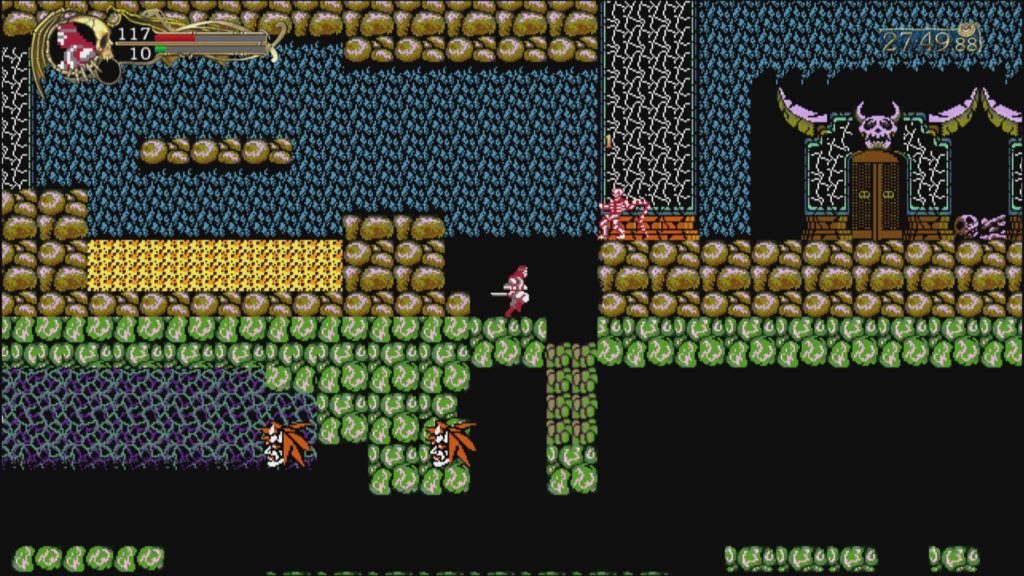
So how well will Getsu Fūma Den: Undying Moon adapt the classic Getsu Fūma Den formula? It remains to be seen, but judging by the trailer it seems that the game’s heavy use of monsters from Japanese mythology is present and correct. It does, however, also seem that the 3D dungeon-crawling has been omitted in favour of making the entire game a side-scroller — a bit of a shame, but understandable, given how much effort is clearly going into the art assets for this one.
The “roguelite” formula is a good fit, too. It provides the flexibility to allow Fūma to grow in power and acquire new weapons and skills as the game progresses, while simultaneously providing a constantly varied challenge rather than a static string of predictable levels. And by this point, developers seem to have got the hang of making procedurally generated levels feel more “designed” than “completely random”, which should hopefully keep the game interesting in the long term.
Now, question is, will Konami see fit to maybe include an officially translated port of the original game with Undying Moon as a nice little bonus extra? That’d be nice, wouldn’t it? I wouldn’t hold your breath, but stranger things have happened over the years; it wasn’t long ago that we all thought we’d never see any more video games from Konami ever again.
Join The Discussion
Rice Digital Discord
Rice Digital Twitter
Rice Digital Facebook
Or write us a letter for the Rice Digital Friday Letters Page by clicking here!
Disclosure: Some links in this article may be affiliate links, which means we may earn a small commission if you make a purchase after clicking on them. This is at no additional cost to you and helps support Rice Digital!
- Letter from the Editor: passing the torch - June 30, 2023
- Super Woden GP 2 is looking promising - June 30, 2023
- Inti Creates is making a 32 bit-style Love Live action platformer - June 26, 2023




